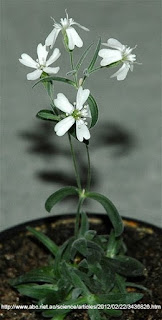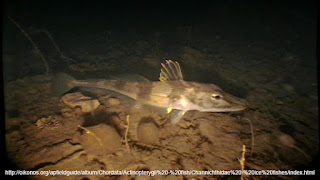Body altering parasites
Myrmeconema neotropicum is a parasitic nematode that speciealises on ants as an intermediate host and birds as a definitive host.
This is another one of those parasites which causes its intermediate host to get eaten by its definitive host in order to enter the definitive host's body. In this case the parasite infects the ant Cephalotes atratus. Ants are infected while they are still juveniles through collected for them. It causes the ants normally black abdomen to change color to red, similar to that of many of the berries in their endemic range. It also causes the ant to walk around with its abdomen in the air to become more noticeable. After they are eaten by the bird they reproduce and infect the next generation of ants through bird droppings.
Distribution:
Myrmeconema neotropicum is endemoc to South America.
Myrmeconema neotropicum is endemoc to South America.
Classification:
Kingdom:Animalia
Phylum:Nematoda
Class:Adenophorea
Order:Mermithida
Family:Tetradonematidae
Genus:Myrmeconema
Species:Myrmeconema neotropicum
Kingdom:Animalia
Phylum:Nematoda
Class:Adenophorea
Order:Mermithida
Family:Tetradonematidae
Genus:Myrmeconema
Species:Myrmeconema neotropicum
Image Links:

















































